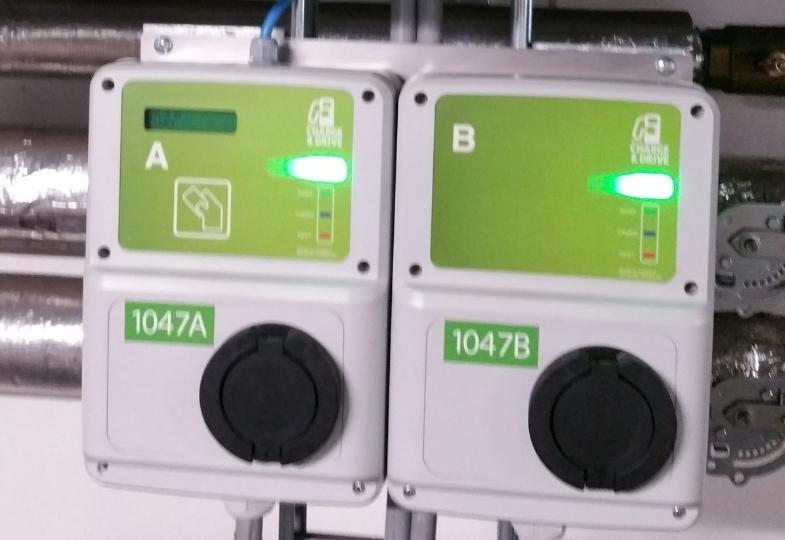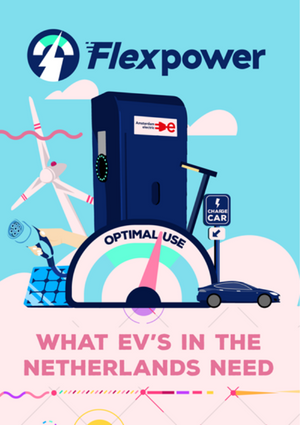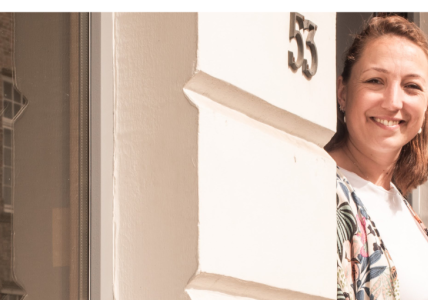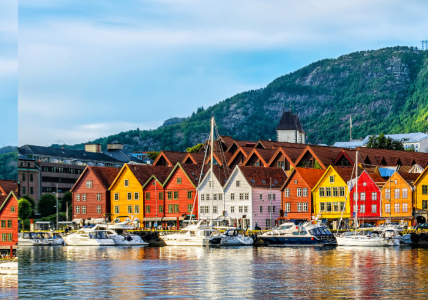Could your car become a green powerhouse? The SEEV4-City project successfully trialled new V2G (Vehicle-to-Grid) concepts combining electric mobility with local green energy and smart ICT. A check-up with the former partners shows their work has been taken forward full speed since the project closed.
Electric vehicles (EVs) running on local, renewable energy are close to driving fossil-free. And the solutions get even smarter with Vehicle-to-Grid (V2G) where vehicles can send surplus battery power back into the grid. This can even stabilise the grid by taking off pressure at peak load times and sending power back to the grid when energy supply is low.
The potential benefits go even further. What if your car could deliver power to your own home, office, or parking garage, with its surplus green power? V2X (Vehicle-to-Anything) solutions are on the rise, and this could be part of it.
The challenge is to connect local renewable power, electric vehicles, energy storage, and the grid in a smart and flexible way. Consequently, this was the bold ambition of the SEEV4-City project.
Building capacity and knowledge
SEEV4-City launched with great attention from the car industry, researchers, and other key stakeholders. And the project went on to deliver six successful pilots exploring aspects of smart electric mobility and Vechicles for Energy Services combined with green energy. SEEV4-City therefore left a great legacy of work for innovators and visionaries to build on in the future. For example:
- All pilots developed and tested ICT systems for energy management.
- The partners evaluated business models for different Vehicle-toX (V2X, “Vechicle to Anything”) concepts: V2Home, V2Street, V2Neighbourhood, and V2Business.
- Cyber security was taken into account for big energy storage systems.
- Finally, the project inspired cooperation between governments, knowledge institutions, and enterprises.
Promising pilots
The project tested solutions ranging from a single household to office buildings with many EVs, a car parking garage, batteries and power parking at a football stadium, and large-scale public smart charging solutions.
Due to strong communication and the engagement of major players such as carmaker Nissan, several pilots featured in the press.
In the UK, the cities of Loughborough and Leicester ran pilots on V2Home and V2Building. Here, interesting results were achieved enabling business opportunities for the nearby future. A household pilot trialed the concept of V2Home. This led to a 30% increase in energy autonomy.
In Kortrijk (Belgium), a pilot took place in a city depot and sports centre. Trials included various Vehicle to Energy Services including electric bikes as well as cars. Among the outcomes was a 10% increase in energy autonomy.
In Amsterdam, SEEV4-City was behind two highly successful “Flexpower” pilots combining local green energy, smart control of EVs, and battery storage. As a result, fully functional Flexpower services were put in place at nearly 500 charging stations in Amsterdam. Watch this video to see how it works:
In addition, a SEEV4-City pilot was behind the largest energy storage system in Europe using second-life and new EV batteries in a commercial building. The system was installed in Amsterdam’s main stadium, the Johan Cruijff ArenA.
In Oslo, a pilot centred on the Vulkan building which is one of Europe’s largest EV charging garages. In this case, the aim was to explore how EVs can store excess renewable energy and reduce energy peaks to lessen the strain on the power grid. Among the trial results were a saving of 912 tonnes of CO2, a 13% reduction of peak grid load, and a six-fold increase in the number of zero emission kilometres.

Charging stations in the Vulkan carpark building.
Green V2G is rolling on
We were curious to learn about the long-term impacts, so we got in touch with the former partners two years after the project closed.
Since the project ended, the interest in smart charging and V2G has soared because the EU climate targets have become more ambitious and a growing number of EVs are hitting the road. According to Jos Warmerdam from Amsterdam University of Applied Sciences, partner in SEEV4-City, this is fertile ground for expanding SEEV4-City’s success.
V2G is still in its developing phase but societal pressure to keep emissions down is pulling the strings.

For example, in Amsterdam, V2G has expanded through 19 Smart Charging Stations. Moreover, the energy company Vattenfall, Dutch utility company Liander, and the Municipality of Amsterdam have jointly launched the project Flexpower 3.
Building on the SEEV4-City pilots Flexpower 1 and 2, the aim is to install V2G-ready chargers that respond to the predicted hours of sunshine and the current capacity of EVs. Because these are cutting-edge trials, the innovation centre ELaadNL, set up by Dutch grid operators, is evaluating the pilot.
Also, the Amsterdam ArenA pilot has become a well-known example of EV battery storage. As a spin-off from this pilot, Mobility House is working on software enabling second life batteries to power the net.
In the UK, the cities of Loughborough and Leicester ran pilots on V2Home and V2Building. Here, interesting results were achieved opening new business opportunities for the near future. A household pilot trialed the concept of V2Home. This led to a 30% increase in energy autonomy.
For example, in Amsterdam, V2G has expanded through 19 Smart Charging Stations. Moreover, the energy company Vattenfall, Dutch utility company Liander, and the Municipality of Amsterdam have jointly launched the project Flexpower 3.
Building on the SEEV4-City pilots Flexpower 1 and 2, the aim is to install V2G-ready chargers that respond to the predicted hours of sunshine and the current capacity of EVs. Because these are cutting-edge trials, the innovation centre ELaadNL, set up by Dutch grid operators, is evaluating the pilot.
Also, the Amsterdam ArenA pilot has become a well-known example of EV battery storage. As a spin-off from this pilot, Mobility House is working on software enabling second life batteries to power the net.
In the UK, the cities of Loughborough and Leicester ran pilots on V2Home and V2Building. Here, interesting results were achieved opening new business opportunities for the near future. A household pilot trialed the concept of V2Home. This led to a 30% increase in energy autonomy.
Building further know-how
SEEV4-City has also led to scientific papers and invitations to speak at international webinars organised in Europe, India, and Sri Lanka. Several publications have referenced the SEEV4-City project results. One science paper investigating V2G from a circular economy perspective was based on the results of SEEV4-City as well as those from the Interreg Baltic Sea Region project Electric.
The work of SEEV4-City also led to new study material for technology students at the Hogeschool van Amsterdam. This includes visits to the Amsterdam ArenA storage pilot.
In conclusion, the project made a solid contribution to the visions set out in the EU Green Deal and European transport policy. And looking back on the past two years, I am sure that we will see even more spillover effects in the future.
Top 3 project highlights
PROOF OF GREEN V2G CONCEPT
The project demonstrated the viability of V2G integrated with local renewable energy and energy storage. The concept is being further developed.
LOWER EMISSIONS
The SEEV4-City pilots alone led to annual savings of 2786 tonnes of CO2. As the results expand, the positive climate impact grows, too.
CONTRIBUTION TO V2G R&D
The project produced a body of new knowedge and has been referenced in several science papers. New research is ongong in the spin-off projects.
Learn more about SEEV4-City
Curious to know more about the work of SEEV4-City?
You are welcome to contact Jos Warmerdam if you are interested in learning more:
Jos Warmerdam
Lecturer/researcher within sustainable energy systems
Email j.m.warmerdam@hva.nl
Phone: +31 6 2115 5995
About the author
Hans Wevers is a project advisor at the Interreg North Sea Joint Secretariat.



